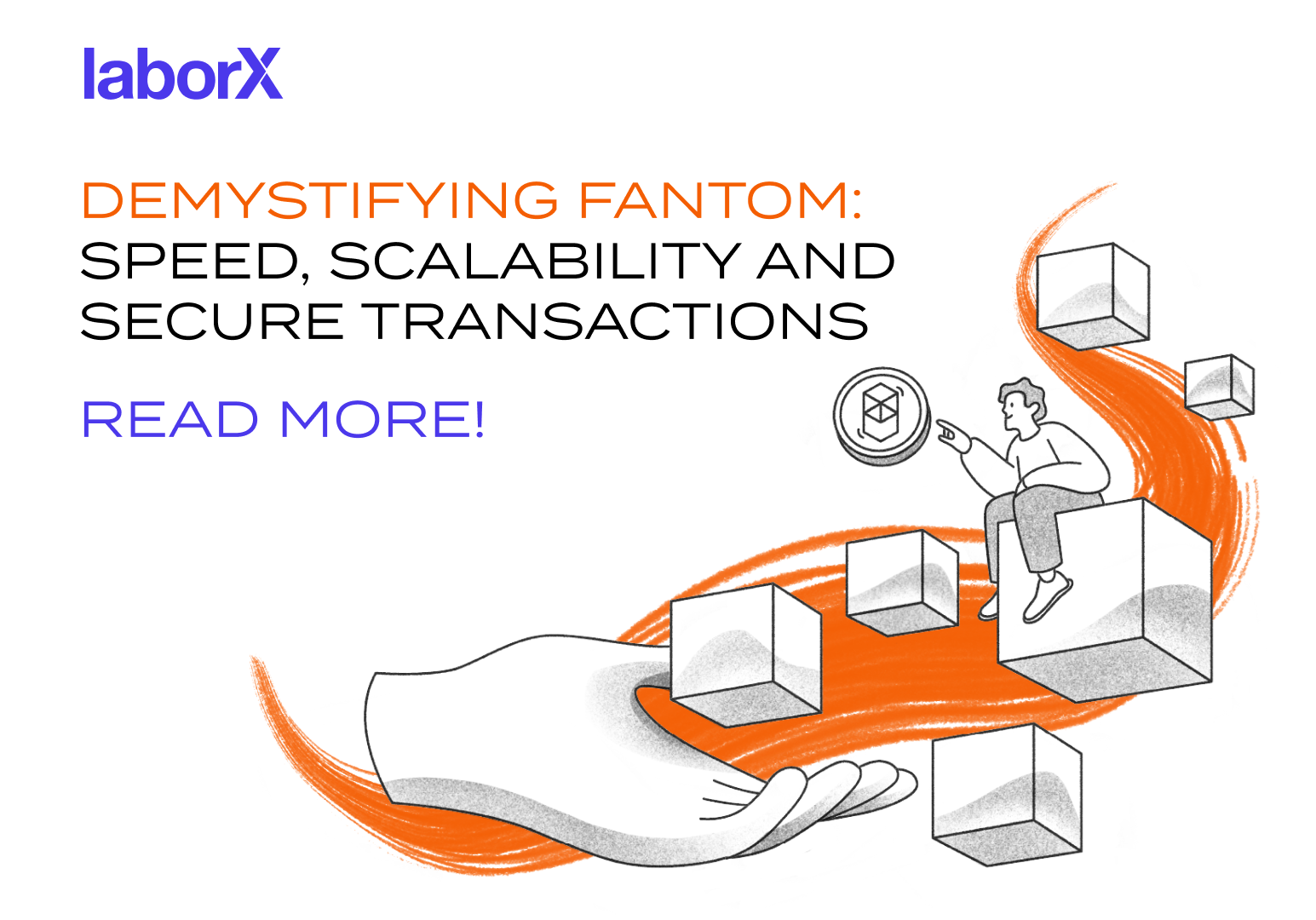Many blockchains, including the most popular like Bitcoin or Ethereum, face a scalability issue, meaning that network transactions can get slow and expensive. If you’re not new to crypto, you’ve probably dealt with unreasonably high gas fees right when you need to make a transaction. Such inconvenience begs the question: is there a way out?
The Basics: What is Fantom and why is it so popular?
L1 Solutions appeared to address the challenge of scalability, and Fantom is among the recent stars in this industry. As they describe themselves, Fantom is a fast, high-throughput open-source smart contract platform for digital assets and dApps.
Having raised $40 million, Fantom’s mainnet went live at the end of 2019 and has been winning public recognition every step of the way ever since. Consequently, the price of Fantom’s native token FTM, which powers the entire ecosystem, went from $0.006 in March 2020 to an all-time high of $3.30 in January 2022.
Fantom’s popularity is primarily based on fast transaction speed and scalability, making it a perfect fit for many decentralised applications. Its focus on interoperability with other blockchains and strong presence in the DeFi space further contributed to its success. Fantom's active community, ongoing innovation, strategic partnerships, and low transaction fees also played a crucial role in its rise in the cryptocurrency space.
How does the Fantom blockchain work?
The Fantom blockchain operates using a directed acyclic graph (DAG) architecture, specifically the Lachesis protocol. This design aims to provide high-speed, scalable, and secure transaction processing.
A DAG structure is used to organise transactions. Unlike traditional blockchains that use a linear chain of blocks, DAGs allow transactions to be confirmed asynchronously. This asynchronous processing capability enhances scalability and transaction throughput.
The Lachesis protocol is the consensus mechanism used by Fantom — a variant of the asynchronous Byzantine fault tolerant (aBFT) consensus algorithm. This protocol allows nodes in the network to achieve consensus on the order and validity of transactions without relying on a fixed block time.
Moreover, Fantom relies on a set of validator nodes to validate and confirm transactions. These validator nodes participate in the consensus process by proposing and verifying transactions. Validators are selected through a staking process where users lock up their FTM tokens as collateral.
In the Lachesis protocol, transactions are first processed as events rather than being grouped into blocks. When a user initiates a transaction, it's propagated to a subset of nodes, and each node independently validates and timestamps the transaction. This process allows for rapid transaction confirmation.
Transactions on Fantom typically have very fast confirmation times, often taking just a few seconds to be confirmed. This makes it suitable for applications requiring quick settlement, such as payment processing or gaming.
Ultimately, Fantom's consensus mechanism provides strong finality with irreversible transactions, which is essential for applications that require high security and reliability.
The FTM Token
FTM is the native cryptocurrency of the Fantom network. It serves various purposes, including paying transaction fees, participating in governance, and staking to become a validator.
Fantom provides a governance model that allows FTM token stakers to propose and vote on changes to the network. This decentralised governance ensures that the Fantom community will always have a say in the platform's evolution.
The Ecosystem
Fantom's ecosystem is ever-growing and becoming increasingly diverse, with various projects and applications being developed on top of its blockchain.
The ecosystem currently features two decentralised exchanges, SpookySwap and SpiritSwap, which allow users to swap assets and provide liquidity. SpookySwap is the largest native DeFi protocol on Fantom and its user interface is easy to understand. Users can earn BOO tokens and trading fees by providing liquidity. Meanwhile, SpiritSwap's inSPIRIT token system allows incentivized holders to vote on yield farms.
Fantom's DeFi ecosystem also includes several lending and borrowing platforms, including Geist Finance, Scream, and Tarot. Geist Finance, launched in October 2021, is the third-largest protocol due to its innovative token reward programme. Scream supports lending and borrowing for various assets but diverts 70% of revenue to token stakers and 30% to a DAO. Tarot, the 14th-ranked protocol, provides leveraged yield farming, allowing users to deposit assets for others to use.
To Sum Up
Fantom is a fast, high-throughput open-source smart contract platform for digital assets and dApps. Its popularity is based on its fast transaction speed and scalability. The FTM token powers the ecosystem and serves various purposes, including payment fees, governance, and staking. Fantom's ecosystem is diverse, featuring decentralised exchanges, lending, and borrowing platforms, as well as many more exciting innovations to come.
To learn more about the Fantom ecosystem, head to their socials here.



